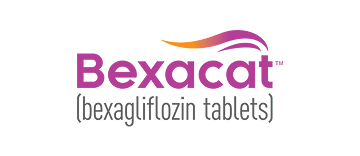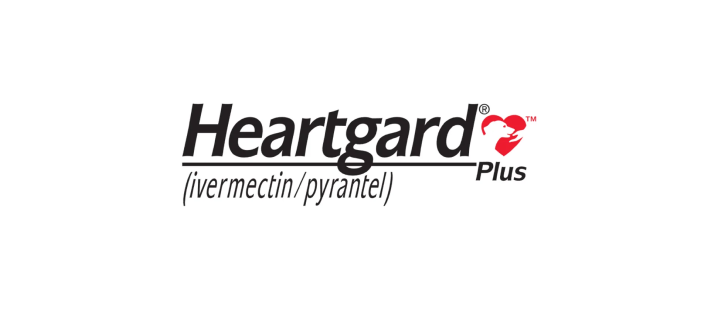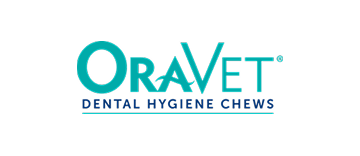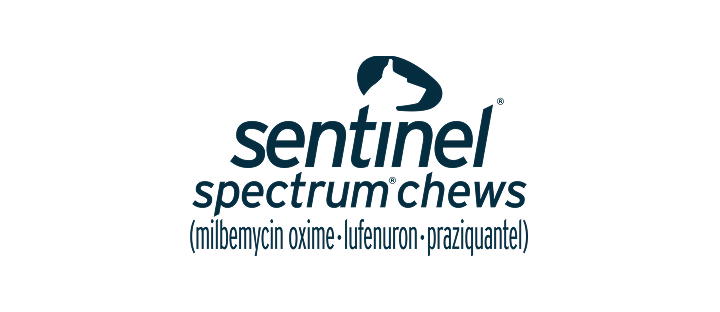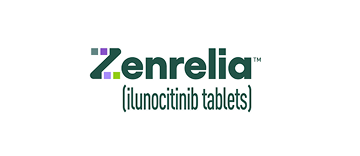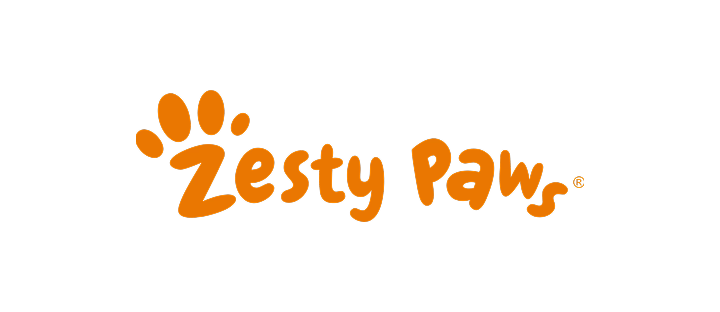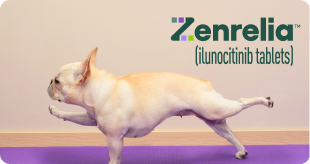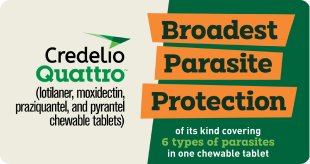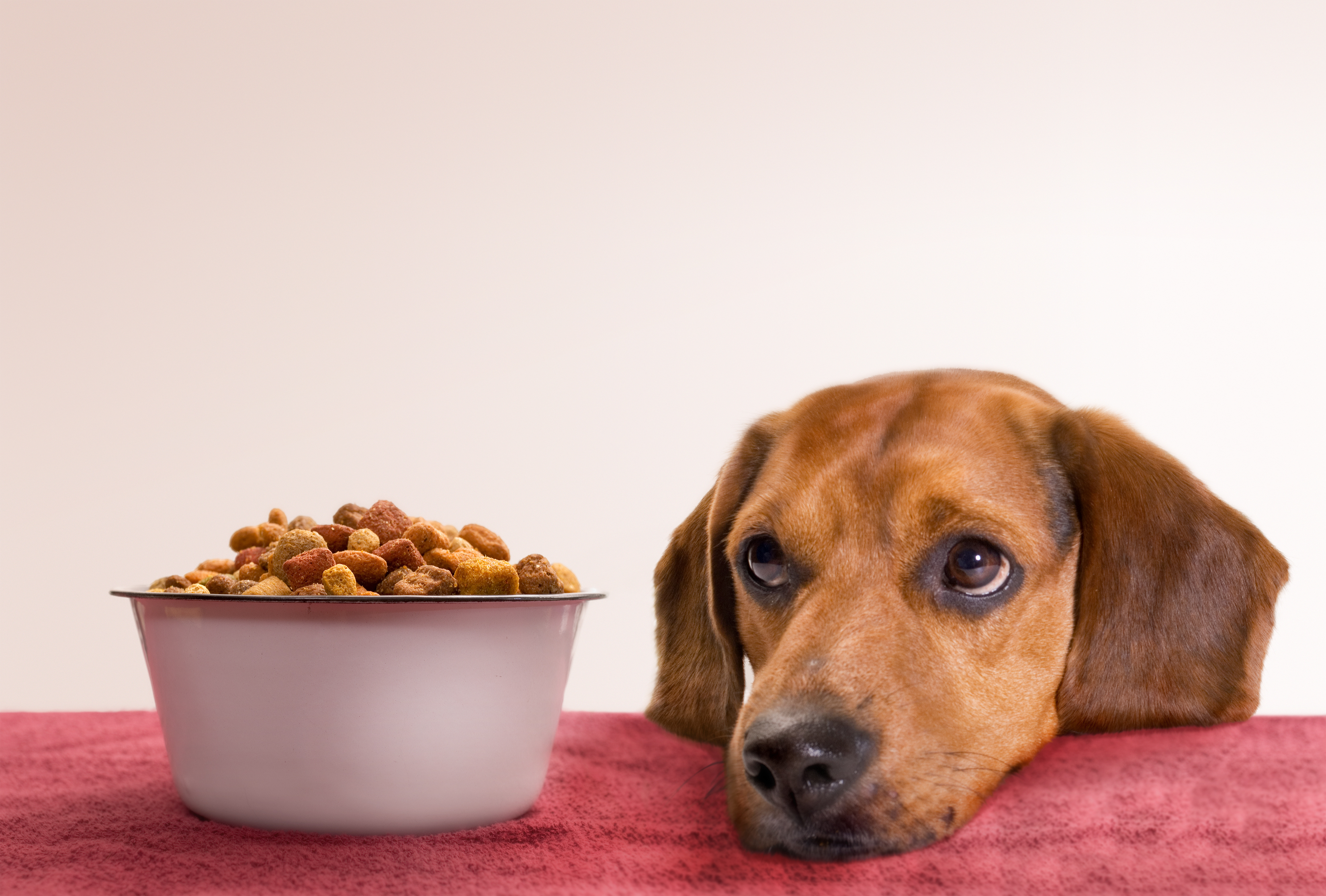
Have you ever wondered if your pet gets bored of eating the same meal every day? You might want to try rotational feeding. Rotational feeding means offering your pet different types of food, which may vary between meals, from week to week, or whenever they finish off a bag of food.
Learn about the benefits of rotational feeding, the potential drawbacks, and the best ways to add healthy variety to your pet’s diet.
Does My Pet Need A Rotational Diet?
No, you do not need to feed a rotational diet if feeding a single type of food is working for your pet. Many pets are perfectly content with eating the same food for every meal.
“When a [pet] is picky, this is when I do recommend a rotational diet,” says PetMeds ® Expert Dr. Lindsay Butzer, DVM.
“If you are sticking with a pet food brand that meets all the AAFCO nutritional requirements for a well-balanced diet, then switching back and forth between brands really won’t matter for diversity since both will have the same nutrients.”
Benefits of Rotational Feeding for Pets
While a rotational diet is not necessary to ensure your pet’s diet is complete and balanced, using more than one food source can offer several benefits.
Potential Benefits of Rotational Feeding for Dogs and Cats:
- More excitement at mealtimes. While some pets do not mind eating the same food for every meal, picky pets tend to be motivated to finish their food when offered a changing array of flavors.
- An adaptable digestive system. If your pet is accustomed to eating different types of food, you may not have to worry about gastric upset if their usual food is unavailable. A varied diet may help foster a diverse gut microbiome, improving digestion when it comes to feeding new foods and may improve their overall digestive health. However, you can also achieve this by supplementing a single-food diet with fresh foods, probiotics, and healthy toppers.
- Cost-effectiveness. Rotational feeding can make it possible to save money by buying pet food that’s on sale.
Potential Drawbacks of Rotational Feeding for Pets:
- Gastric upset. Dogs and cats with sensitive stomachs may experience symptoms of gastric upset, including vomiting, gas, and diarrhea, even with proper transitioning between foods.
- Increased pickiness. Finicky pets can become increasingly picky with a rotational diet, becoming bored with their food in days instead of weeks. You may find yourself constantly switching their food just to entice them to eat.
- Difficulty finding appropriate foods. For pets that require a special diet like a therapeutic low-fat diet or prescription food, sourcing more than one appropriate food may be difficult.
- Lack of options for treating allergies. Contrary to popular belief, feeding a rotational diet does not prevent pets from developing food allergies or intolerances. Instead, it can lead to pets developing intolerances to more types of foods, limiting novel food options that can be used for an elimination diet.
Alternatives to Rotational Feeding
Whether you feed a rotational diet or a single food source, your pet will be getting all of the nutrients they need as long as their food meets or exceeds AAFCO nutritional guidelines for their species and life stage.
Even so, you can boost your pet’s diet and please their palate by adding supplements, fresh foods, and toppers to their bowl.
- Add bone broth for hydration, joint support, and skin and health benefits. Make sure to use broth that does not contain added salt or seasonings. Bone broth for pets is free from toxic additions and often contains functional ingredients like turmeric and ginger.
- Add fresh fruits and veggies like apples, carrots, spinach, kale, green beans, blueberries, and strawberries for a colorful boost of disease-fighting antioxidants in your pet’s bowl or as a treat.
- Give supplements, available as tasty chews or powders to sprinkle over your pet’s food.
- Use fish oil to drizzle a savory source of omega-3 fatty acids over your pet’s meals to support their cognitive, heart, hip and joint, and skin and coat health at any age.
- Need help deciding what to feed your dog or cat? Get expert guidance based on your pet’s unique dietary needs when you make a same-day online vet appointment with VetLive.




